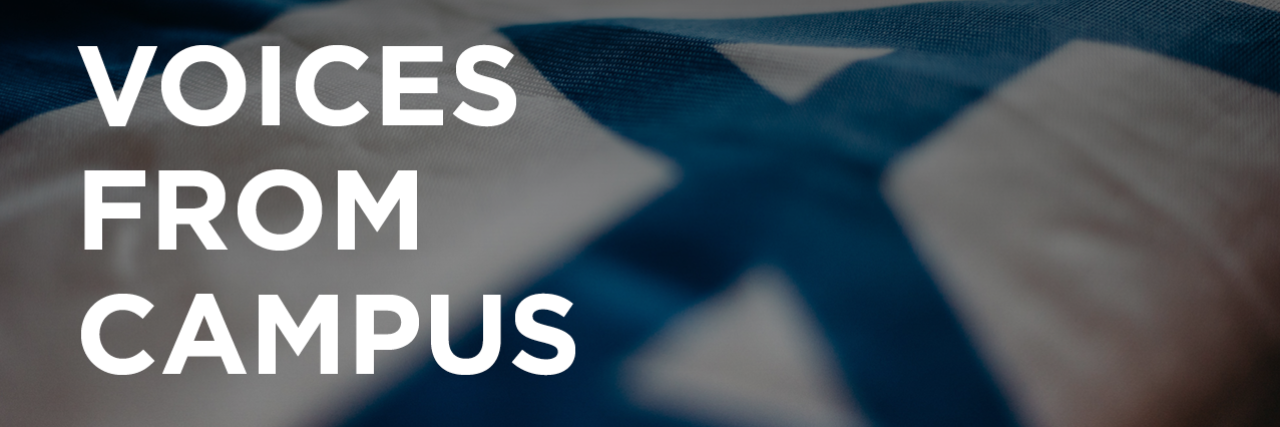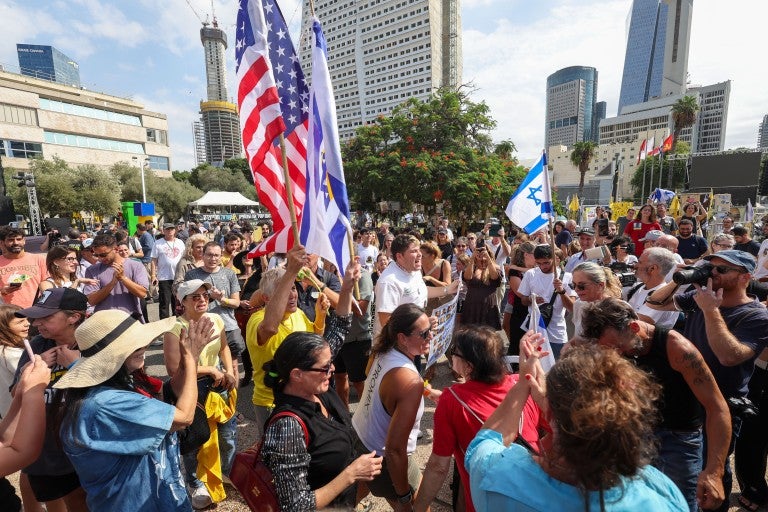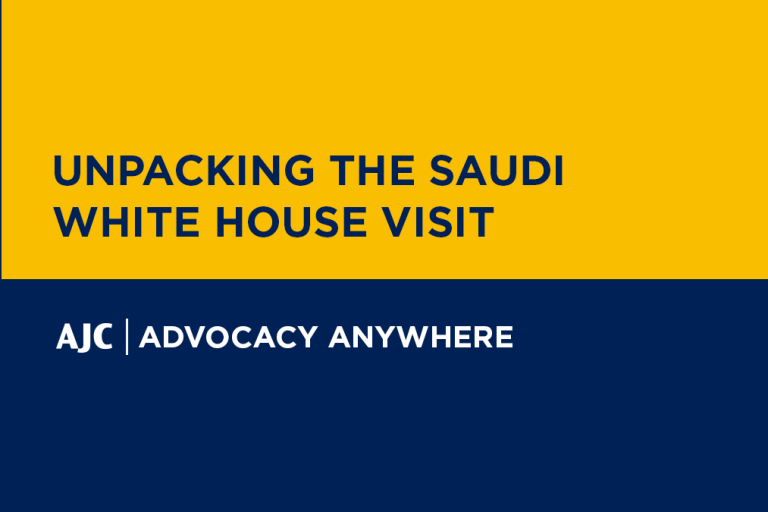August 31, 2025
Emma Simon
Princeton University, Class of 2027
2025 AJC Interreligious Gary/Goldman Fellow
I thought I knew what to expect when I visited Salt Lake City as part of American Jewish Committee’s (AJC) Interreligious Mission to meet with members of The Church of Jesus Christ of Latter-day Saints. (Adherents prefer not to be called Mormons, which is derived from the name of one of their works of scripture, The Book of Mormon). After all, one of my main projects during my summer as the AJC Gary/Goldman Fellow for Interreligious Affairs had been to compile the briefing materials for the mission participants. I spent weeks delving into the history of the Church, learning about its beliefs and practices, and synthesizing that information into a series of documents for the lay leaders to read in preparation for their time in Salt Lake City. I learned a great deal from my research. As someone who readily identifies as a “religion nerd,” there was no better way to spend my summer than being immersed in exploring another faith’s traditions and beliefs. At the end of my research, I could explain their Temple ordinances, how they ended up in Utah, their complicated relationship to monotheism, and more. But all of that knowledge could not fully prepare me for my time in Salt Lake City.
The Church of Jesus Christ of Latter-day Saints is reticent about discussing its humanitarian efforts. Following principles echoed in Jewish tradition, it emphasizes the importance of modesty in giving, stressing that one should not boast about the good deeds they do. So while I, of course, knew that the Church was involved in humanitarian efforts and feeding the poor, I was not prepared for the scale of what we saw in Utah. First, we visited their production facilities at Welfare Square. On the day we were there, we saw hundreds of loaves of bread being baked, block after block of bright yellow cheese being sliced, and a conveyor belt full of salsa jars — all to be given away for free to those in need. Then, we visited the Humanitarian Center, where huge bales of clothes are sorted through and sent all around the world to wherever they are needed. In addition, the Humanitarian Center serves as a training ground for new immigrants to the US, teaching them English while also imparting critical career skills that help them secure employment in their new country. While there, we participated in a service project, assembling aid kits for flood-affected areas. After having gotten a glimpse of all the good the Church does, it was significant to feel like we were participating in it, even if only in a small way. But if we thought what we’d seen so far was impressive, we were soon proven wrong.
Our final stop of the day was at the Bishop’s Central Storehouse, a warehouse the size of two airplane hangars that serves as a hub from which all sorts of supplies are distributed to local Bishop’s Storehouses nationwide. The storehouse is so large that we had to be shown around it in golf carts. We saw shelf after shelf of canned goods, cleaning supplies, and more, all boxed up and ready to be sent out. Standing in that room, I was rendered speechless by the sheer extent of the humanitarian aid the Church of Jesus Christ of Latter-day Saints provides to people all over the world, regardless of faith.
My feelings about the Church of Jesus Christ of Latter-day Saints, and here I speak only for myself, are not simple. I am challenged by some of the political and social policy positions they take. But the enormous amount of good they do is just astronomical. I tend to be a cynical person; it is in my nature. After our day touring the Church’s humanitarian efforts, though, I sent some pictures to a friend and said, “I really want to say something cynical about it, but the amount of good the Church does is undeniable.” I, along with all the members of the AJC group, was blown away by what we saw. Of course, the concept of humanitarian aid and charity in general is very familiar to the Jewish people. After a natural disaster, Israel is always one of the first presences on the ground, lending whatever aid is needed. And giving tzedaka, or charity, is a core principle of many Jewish communities. None of us, though, had ever seen a logistical operation of this scale being carried out by the Church. I wonder if we, as a people, could learn something from their organizational prowess and the scale of work they accomplish. What could the Jewish people do if we united our efforts behind a single cause?
We saw many other things during our time in Salt Lake City–we met a group of young missionaries about to go to Croatia, and were deeply moved by their willingness to serve the Church. We were awed by the Church’s Conference Center, which can accommodate up to 21,000 people. We visited the BYU campus and met with incredible students involved in interfaith work. However, of everything I experienced, nothing struck me more than the glimpse of humanitarian work we were given. I found the Church’s commitment to doing good throughout the world incredibly impactful, and I was awed by the extent to which they are successful in doing so. Looking back on my time in Salt Lake City, one thing I will definitely take with me is the terrific amount of good a group of any sort, not just a religious one, can do when they wholeheartedly commit themselves to doing so.


